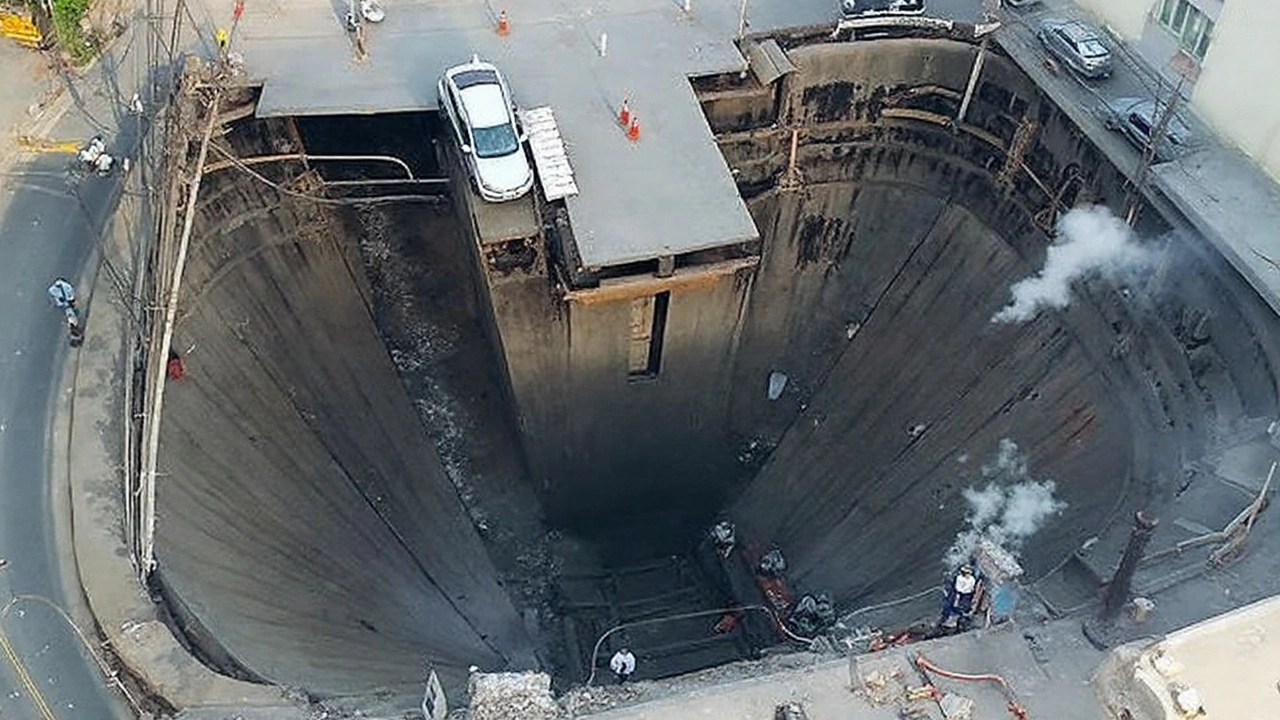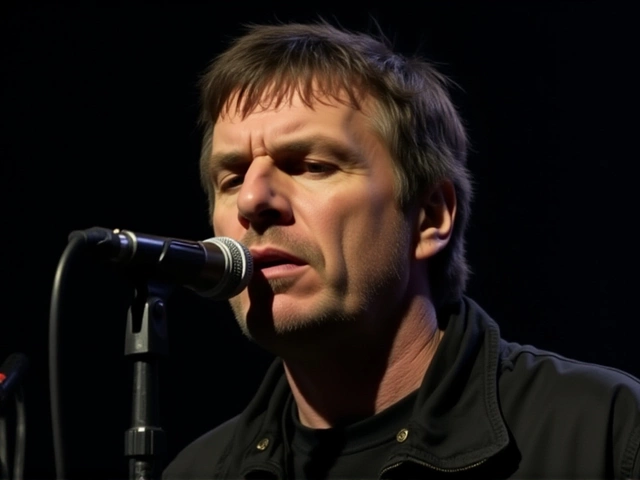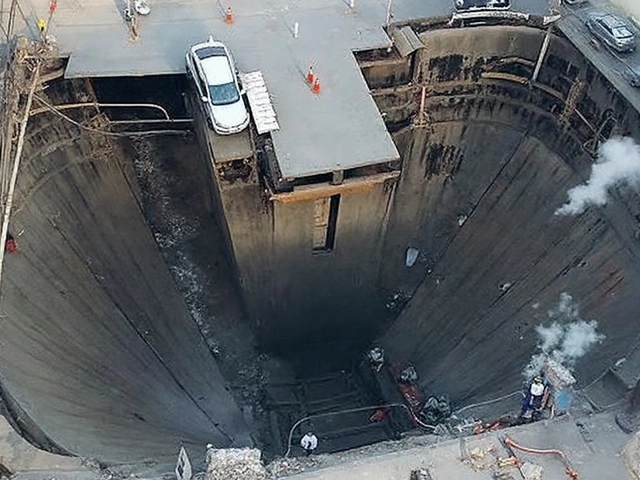Urban Disasters
When talking about Urban Disasters, sudden events that severely disrupt city life, damage infrastructure, and endanger public safety. Also known as city catastrophes, they range from natural ground collapses to man‑made system breakdowns. Below we’ll break down the main forces behind these crises and show why they matter to anyone living in a built‑up area.
Key forces that drive urban disasters
The first major player is a sinkhole, a sudden depression in the ground caused by the collapse of underground voids. Sinkholes often appear where water erodes soft soil beneath streets, creating a hidden cavity that can give way under the weight of traffic. The second driver is underground construction, any sub‑surface work such as tunnelling, subway expansion or utility installation. When crews drill through unstable layers without proper reinforcement, they can destabilize the ground and trigger a collapse. A third, broader factor is infrastructure failure, the breakdown of essential services like water, power, or transport networks. Aging pipes, overloaded power grids, or poorly maintained roadways create weak points that can explode into full‑scale emergencies.
These entities intertwine in clear ways. Urban Disasters encompass infrastructure failure because a broken water main can flood streets, weaken soils, and set the stage for a sinkhole. Underground construction influences sinkholes by altering stress patterns in the earth, and both can cause infrastructure failure when the collapse damages utility lines. The pattern repeats worldwide: a city expands its subway, the ground shifts, a sinkhole opens, and nearby power and water lines are ripped apart.
Take the Bangkok event as a vivid example. On Samsen Road, a 50‑meter‑deep sinkhole erupted, swallowing police cars and utility poles. Officials pointed to recent underground rail work as the trigger, showing how underground construction can directly spark a sinkhole. The incident forced an evacuation of Vajira Hospital and cut power and water to surrounding neighborhoods, illustrating the cascade from one failure to a broader infrastructure breakdown. No injuries were reported, but the scene highlighted how quickly a single misstep can spiral into an urban disaster.
Understanding this chain helps city planners, engineers, and residents spot warning signs early. Regular ground‑stability surveys, real‑time monitoring of construction vibrations, and proactive maintenance of aging pipes are proven ways to lower risk. When a city invests in these preventive steps, the chance that a minor subsidence turns into a city‑wide emergency drops dramatically.
Below you’ll find more stories and analyses that dig into each of these forces—sinkholes in different continents, lessons from subway tunnelling mishaps, and case studies of infrastructure resilience. Whether you’re a commuter, a property owner, or just curious about how our cities stay safe, the collection offers practical insights that go beyond headlines. Let’s see how urban environments cope, adapt, and sometimes stumble when the ground beneath them gives way.



